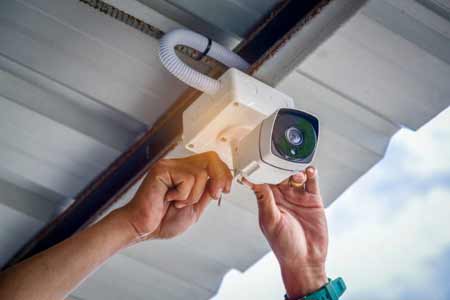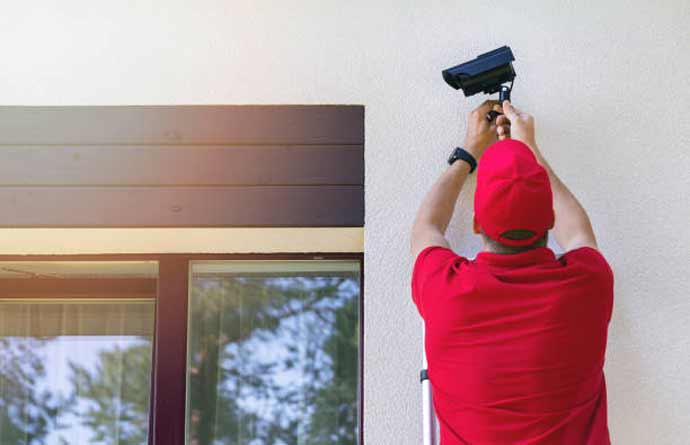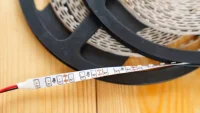If you’re wondering how to install CCTV in your home or office, you’ve come to the right place. Here, we’ll cover planning, preparation, and running the cables. Whether you’re installing one camera or an entire surveillance system, you’ll need to be aware of the following steps:
Installing a CCTV system

If you’re installing a CCTV system, you must first determine the location of your cameras. This can be done by placing them in an accessible spot, such as an attic or on the wall. The location of your cameras will depend on their purpose, but the typical location is the attic or the wall. A qualified electrician can install the cameras in your home. Then you’ll need to connect the cameras to the recording device and monitor.
Planning
Before installing a CCTV system, you should plan the camera placement first. The best CCTV cameras will cover every aspect of the site, including exterior doors, windows, storage areas, and alleyways. Retail stores need cameras to watch the cash register and checkout area, while offices need cameras to monitor stairways, communal areas, and outside lifts. Once you know the security camera location, you can proceed to plan the layout and purchase the equipment.
Preparation
If you have recently purchased a new CCTV system for your home or business, you may be wondering what steps you should take in preparation for the installation. The first step is to select a location for the cameras. They should be placed above eye level. After choosing the location, you should drill holes and cover them with silicone sealing compound. Once the holes have been dug, you need to run cable throughout the property. If you are installing in a wall, you should run the cable in conduit, which will increase security and longevity.
Running cables
When running cables during CCTV installation, two common types of cable are used. One type contains two copper wires to power the cameras, which must be connected to a 12v power supply. The other type contains a coaxial cable, which contains a central conductor and a second, insulated conductor. This cable transmits video signals from the cameras to the DVR. When used to install outdoor CCTV, these cables should be buried at least 10 feet deep.
Conlcusion:
If you haven’t set a goal for your CCTV installation, you’re wasting money, time, and effort. Moreover, failing to meet the objectives can be an unnecessary liability if you don’t know what you’re trying to achieve. Here are some tips to achieve your objectives with CCTV. Once you’ve set them, you’ll be much more confident in your CCTV installation. It’s never too late to change your mind if it doesn’t meet your goals.

Vivan Henderson, a professional photographer born in Texas. Photography is his passion. He was fond of nature in his childhood. So he took his passion as a profession. He is basically nature photographer but also take other type of photo. He completed graduation in computer science from Texas Tech University. He lives in Houston with his wife and two children’s.





